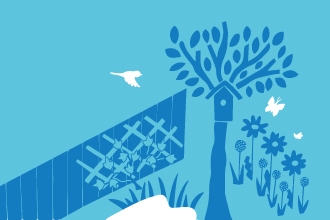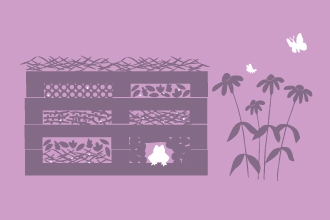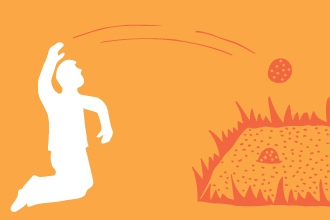One of the groups of flies that I love watching are the robberflies. They are quite ‘lazy’ in flight and frequently stop where you can take a good look at them, especially if they have just caught something and are stopping to feed.
They are called robberflies because they are very efficient hunters of small flying insects, mainly other flies but also wasps and beetles. Robber seems a bit harsh as they are doing a good job of controlling other insect populations, an honest job.
They are mainly restricted to ‘good’ habitats and so may be good indicators of the health of a habitat, so I prefer to think of them as the good guys, cops rather than robbers.
There are 29 species of robberfly in the UK. The smallest are only about 1cm long, the slender and slender-striped robberflies that hunt in open grasslands.







